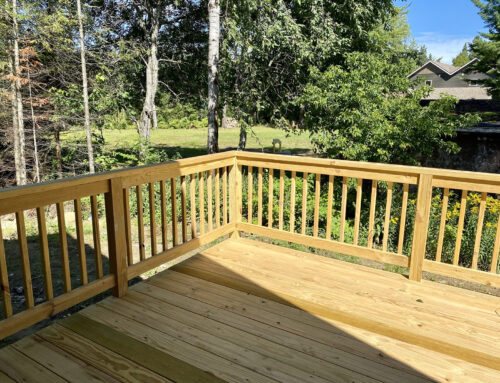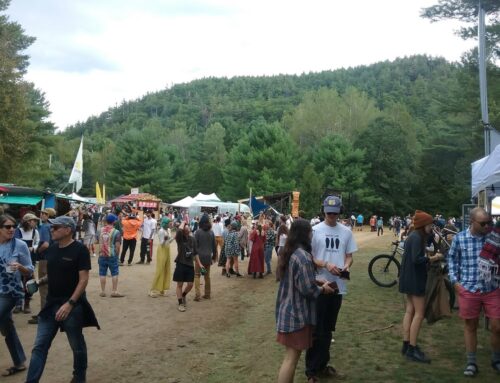This post originally appeared at NeighborWorks America starting off their Minority homeownership series.
Culturally-specific classes and resources can improve minority homeownership
This is the first post in our series on minority homeownership, with a focus on why taking into account the shared history and culture of your community is key to helping minorities get and keep their homes.National Homeownership Month, observed annually in June, is a vivid reminder of how owning a home helps keep communities strong, create generational wealth and boost the U.S. economy. But the occasion is also a chance to acknowledge that for minority communities, the terrain toward homeownership can be rough.The U.S. Census Bureau’s 2018 fourth quarter data shows white homeownership at 73.6 percent, Asian Pacific Islander at 58.1 percent and Hispanic and black homeownership at 46.9 percent and 42.9 percent, respectively.For multiple, complex reasons, minority homeownership has lagged behind white homeownership for decades. In greater numbers than their white prospective homebuyer counterparts, black and Hispanic prospective homebuyers must overcome the obstacle of lower incomes, higher student debt and difficulty getting mortgages approved.Low- and moderate-income minority families also do not have access to generational wealth. Don Nash, director of lending for Neighborhood Housing Services of New York City, points to a report from Brandeis University’s Institute on Assets and Social Policy that shows white families were nearly five times more likely to be the beneficiaries of an inheritance than black families. Of the families who did pass money down, white families passed down 10 times more than black families.”[Because] of historical wealth disparities, white families typically purchase homes and begin acquiring equity an average of eight years earlier than minority families,” Nash says. “[White families] also often obtain mortgages with a lower interest rate given their ability to purchase homes with a larger down payment.”Still, there is some positive news.
The 2019 NeighborWorks America survey found that two in three minority respondents would be “at least somewhat interested” in a service that would help them achieve their financial goals. That compares to one out of two Americans nationwide.
The survey also revealed that black and Hispanic prospective homebuyers are more likely to express interest in financial planning courses, to be aware of down payment assistance programs and more likely than the general population to ask for help to acquire and use credit properly. They are also more likely to seek information about the homeownership process — from housing counselors and community groups, in particular.
The survey underscores the important work NeighborWorks organizations have done and continue to do.
One such example is Portland Housing Center, which offers culturally specific courses targeted to black and Hispanic communities. “These classes take into account shared history, culture and norms and how that influences behaviors around money and financial management,” says Jackie Butts, homeownership project manager. “Whenever the opportunity presents itself,” Butts advises, “ensure that your staff reflects the community it is serving. It is comforting and will build trust in your program.”
The customers of Affordable Homes of South Texas (AHSTI) are mostly Hispanic. Myra Martinez, executive director for operations, says, “Often times the obstacles and challenges the customer presents involve culturally-related, specific issues that require time to change. For example, low-income minority homebuyers share an overall distrust of banks,” Martinez says. “They also tend to save cash at home and lack traditional credit.”
To help their customers get, and keep a home, AHSTI created SMART Savings. The program helps customers save for a down payment — or replenish their savings after the down payment has been made — by opening a savings account at a bank and making monthly deposits. Customers must also become part of a cohort that together attends a series of financial education classes. “They learn together, save together, and — at the end — celebrate together when they reach their goals and receive their match from our organization,” Martinez says.
An AHSTI guiding principal is that every customer is unique when it comes to creating an actionable and realistic plan of action to overcome their obstacles.
Hilary Shelton, director of the Washington Bureau of the NAACP and the senior vice president for policy and advocacy, agrees culture is vitally important. “One of the more basic general issues is that people do things as driven by their cultural experiences,” Shelton says.
Neighborhood Housing Services of New York City. (NHSNYC) also provides targeted outreach to minority communities.
Shelton calls all of the work to boost minority homeownership tremendously important, especially homeownership counseling. “Even those who do it don’t do it enough,” he says.
To facilitate conversations about homeownership, NHSNYC partners with organizations like the New York City Mexican Coalition and Churches Unite — an organization of black pastors. The organization also collaborates with more than 20 banks, which helps to expand the financing options that are available to NHSNYC customers. And NHSNYC works alongside other nonprofits to pursue special funding opportunities and works to ensure programs are accessible, affordable and flexible for diverse income levels and geographic locations.

